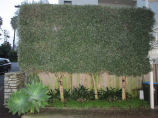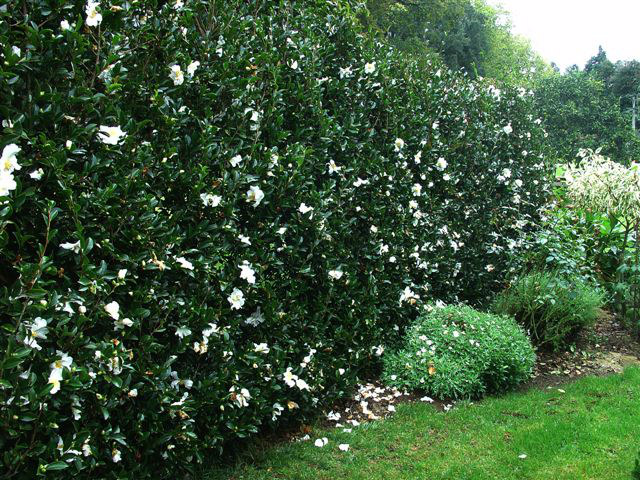Another outstanding perennial for Waikato gardens - Alstroemeria Inticancha Series
I thoroughly recommend these new dwarf Dutch bred varieties of alstromerias, they won't let you down. They just keep on flowering for 10 months of the year, and that's being very realistic. Previously the old alstroemeria varieties were invasive and overtook the whole garden. They also had very tall, weak stems and by the time the flower had appeared at the end of the stem it had all fallen over onto whatever was growing next to it in the garden. The breeders have overcome these problems and with the Inticancha alstroemerias you get a very compact plant that gives you an awesome display of flowers. I particularly like Inticancha Red - it has the clearest deep red flower, perfect I think for using as flowers on your Christmas dinner table.
The plants like to grow in the full sun and if you want a lot of flowers, they need a lot of sun. They are particularly perfect for pots on the balcony/sun porch where it is hot and dry. Alstroemerias also make great flowers for picking/floral art. One tip - when you pick them don't cut off the stems, instead pull them out from the base to help encourage even more flowering. There is a good choice of colours available in this series, certainly something for every designers colour palette.
These modern dwarf varieties generally only grow to about 30-40cm high even when mature, so they're ideal for the urban city dwelling where there is only room for the smaller growing plants.










